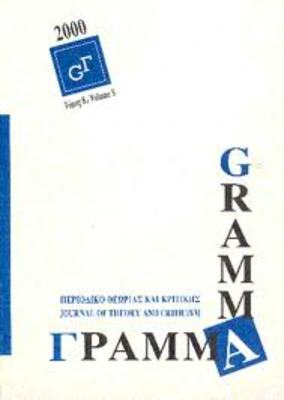Cloud studies : the visible invisible
Part of : Γράμμα : περιοδικό θεωρίας και κριτικής ; Vol.14, No.1, 2006, pages 219-247
Issue:
Pages:
219-247
Section Title:
The object of art 2 - Film and painting
Author:
Abstract:
Clouds have long been objects of fascination, although their taxonomy was only established by early nineteenth-century meteorologists. For aestheticians and art historians, clouds also raise questions about painting's illusionistic uses of space. In John Constable's painting, clouds represent an "organ of sentiment"; his cloud sketches are exercises in representing space, mass, and mood. The poet John Clare also uses clouds to represent states of mind for which he lacked a language. Natural observation in Constable and Clare has different valances: for Clare, observation represents a form of defence against impingement; for Constable, "the man of the clouds," the science of cloud-watching gives rise to thought. The materiality of clouds (bearing dust and pollution) is a feature of nineteenth-century climatic accounts. Merleau-Ponty's phenomenology offers a contemporary theory of clouds as embodied and related seeing. Constable's cloudsketches suggest that clouds are not just objects, but a form of cognition.
Subject:
Subject (LC):
Notes:
Περιέχει βιβλιογραφία




